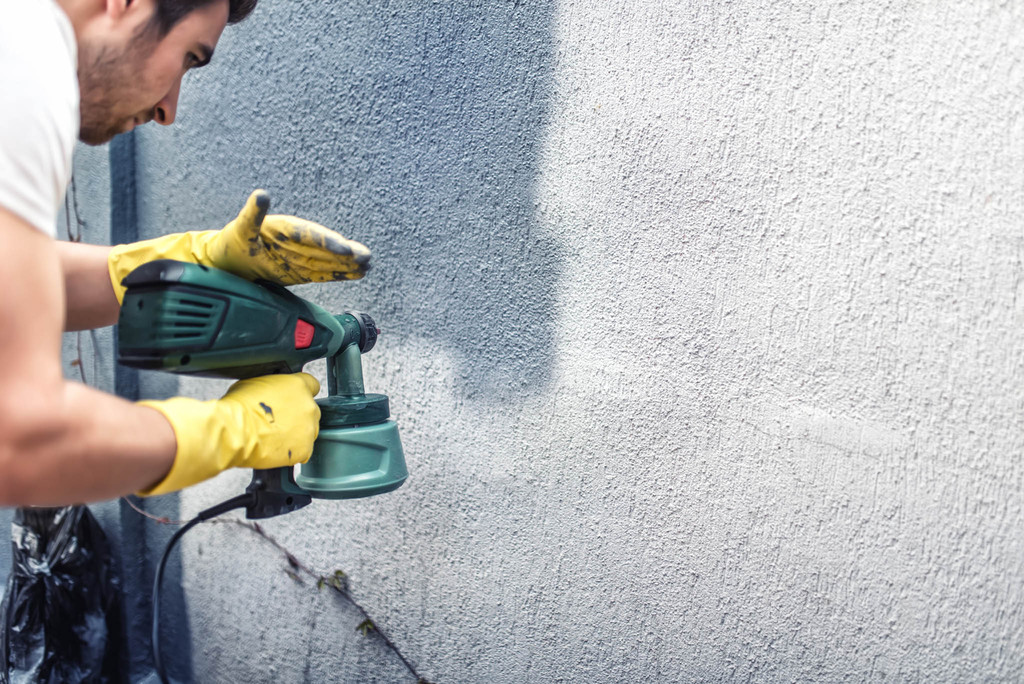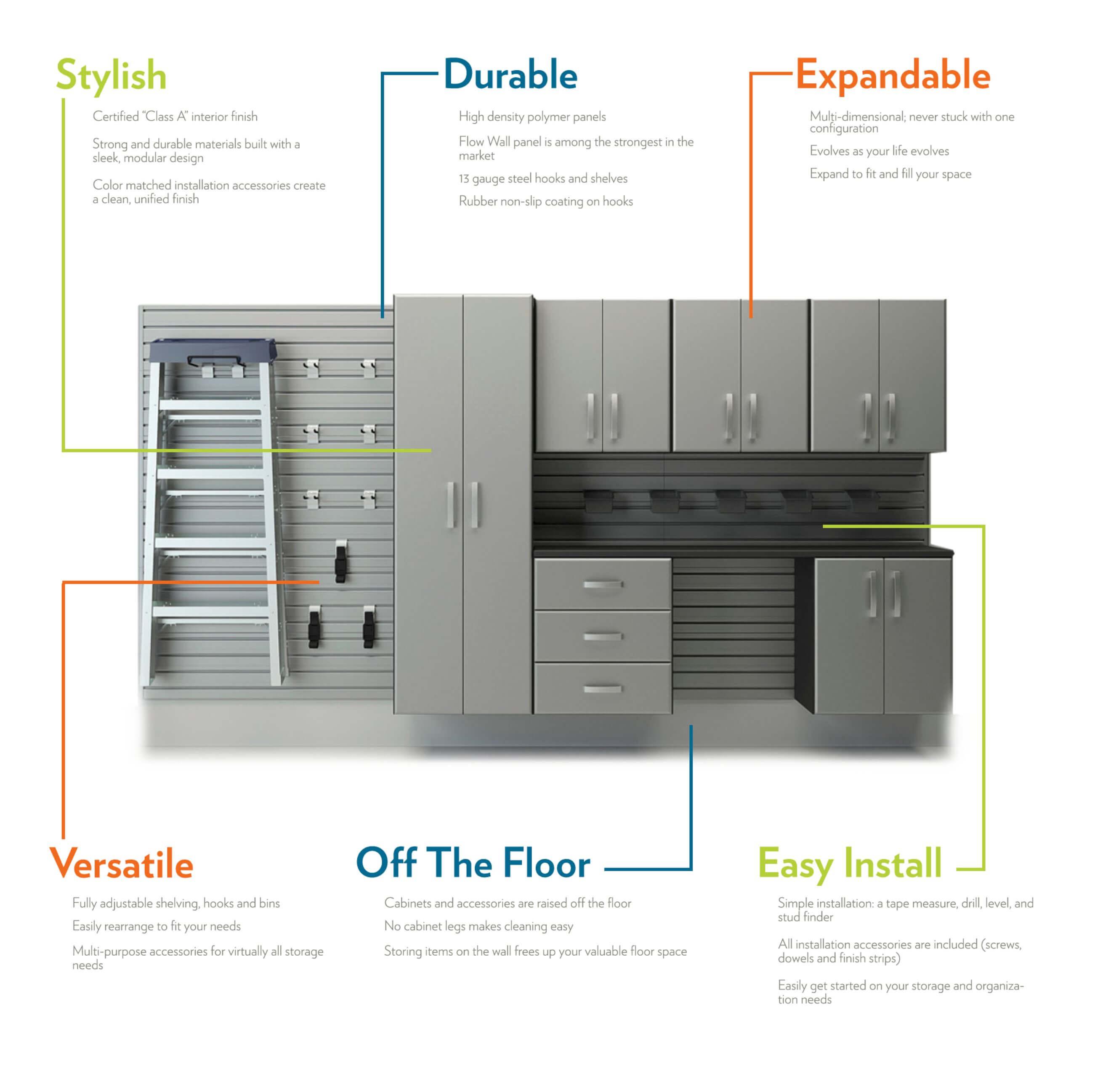No, you don't need to do anything about your unfinished garage walls. You also don't need to put any effort into your sense of style or personal grooming. But if you want a finished look and feel that makes your time in the garage more enjoyable, then finishing garage walls will give you the polished look you envy.
Insulating Garage Walls
Here are six reasons why insulating garage walls is a good idea and will pay off in the end:
- Your garage is an extension of your home and it should be comfortable to use all year round. This is especially true if you like to be in there to work on hobbies, exercise, or do car maintenance.
- Every time the door from your garage to your house is opened, cold air rushes in, wastes energy, and ups your heating bills.
- If you have a room above the garage, that space can be very cool and uncomfortable with an uninsulated garage beneath it. By insulating the garage beneath, you'll also be insulating the room above.
- If you have plumbing running through your garage, such as for a washing machine, you may get frozen pipes which can lead to a burst pipe and flooding disaster.
- A well-insulated garage lowers the humidity inside it, decreasing the chance of mold and mildew forming on your gear and storage.
- It acts as a sound barrier between the activities of the garage and the inside of your living space.
So what's the best material to use for insulating garage walls? First, find the R-value you need depending on the zone in which you live. Then, install batt insulation (cotton-fiberglass) before drywalling. If you want to insulate walls that have already been drywalled, opt for blown-in insulation.
Finishing Garage Walls
The best material for finishing garage walls is usually considered to be drywall. It increases the fire resistance of walls and is easy to install. However, you do have another garage wall covering option. Oriented strandboard (OSB) can be screwed to the wall framing, but does not require taping and finishing. This option also offers effective support for fastening shelves and cabinets to the garage walls.
What to Budget
To insulate and drywall finish 800 square feet of unfinished garage walls (a 20'x24' two-car garage), you should budget:
- $40-$75 per square foot, depending on the quality of product used
- $300 for drywall
- $30 for screws
- $3 for joint tape
- $30 for mud (premixed all-purpose joint compound)
- $10 for a drywall sander
- $5 for a sanding sponge
Keep in mind, insulating garage walls will give you the most comfort and energy savings if you also insulate your garage ceiling, floor, and door.
When finishing garage walls (no matter what you choose for your garage insulation and garage wall covering), if you truly want to make your garage walls work wonders for your garage and look amazing, paint your garage walls and install a Flow Wall kit. But be careful—your finished garage will be so comfortable, you won't want to leave.

